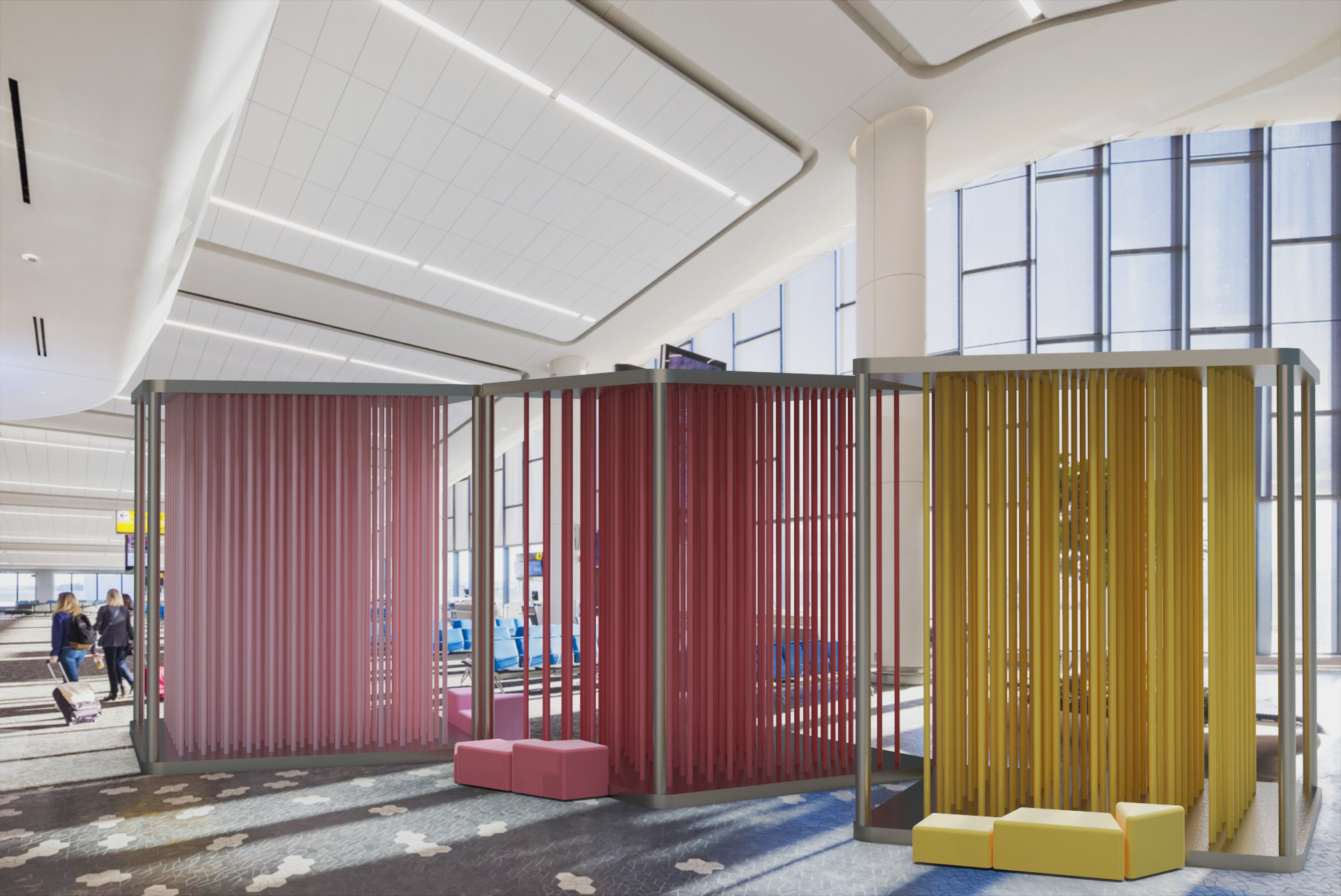In six recent final projects, Pratt students set out to identify some of the key challenges and frustrations of travel—from small moments of discomfort to larger global issues—and devise innovative, sustainable solutions. From group vacations to airplane food, these students are envisioning a better way to get where you’re going.
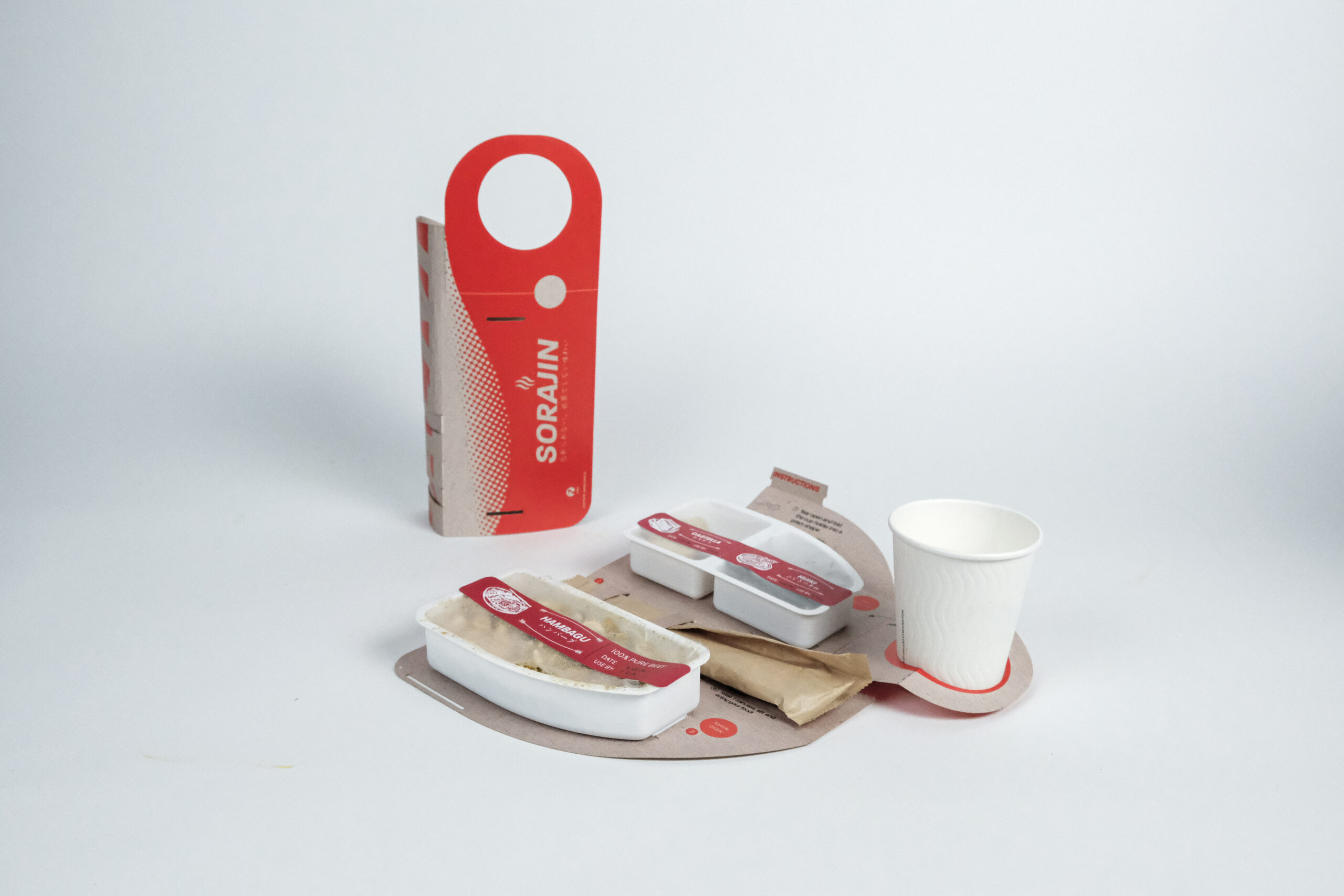
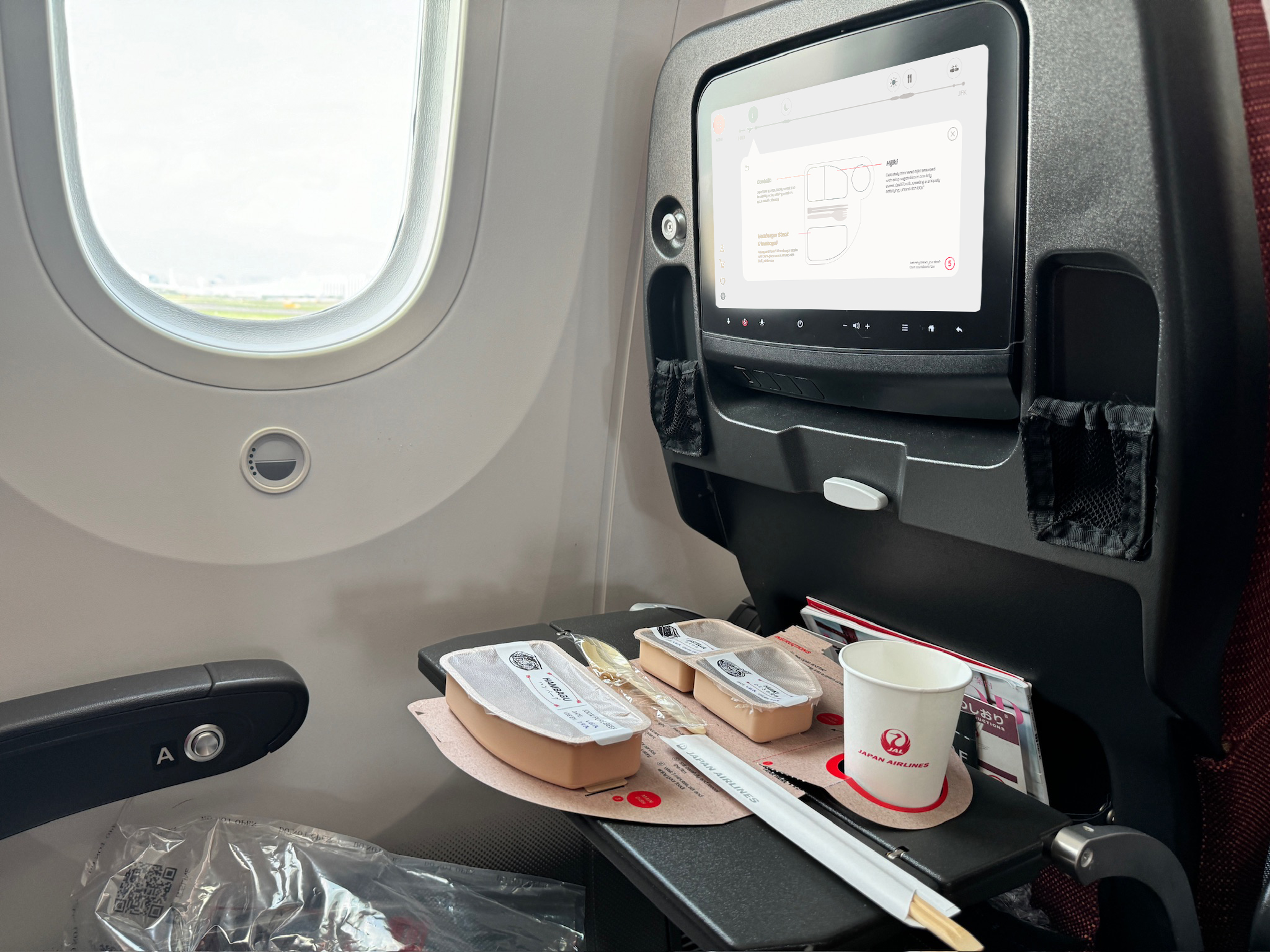
PROBLEM: Unsustainable and unappetizing in-flight meals
PROPOSED SOLUTION: Sorajin by Darren Hsieh
Darren Hsieh, BID ’24, tackled one of the most enduring challenges of air travel: the food. Observing in his own travels the pattern of food waste by passengers on planes, he set out to understand why passengers weren’t finishing their in-flight meals. Through research in his Senior Design Studio, taught by Assistant Professor of Industrial Design Amanda Huynh, he developed Sorajin, an innovative meal service solution that adapts to the diverse dining preferences and needs of passengers, creating a more enjoyable—and sustainable—experience.
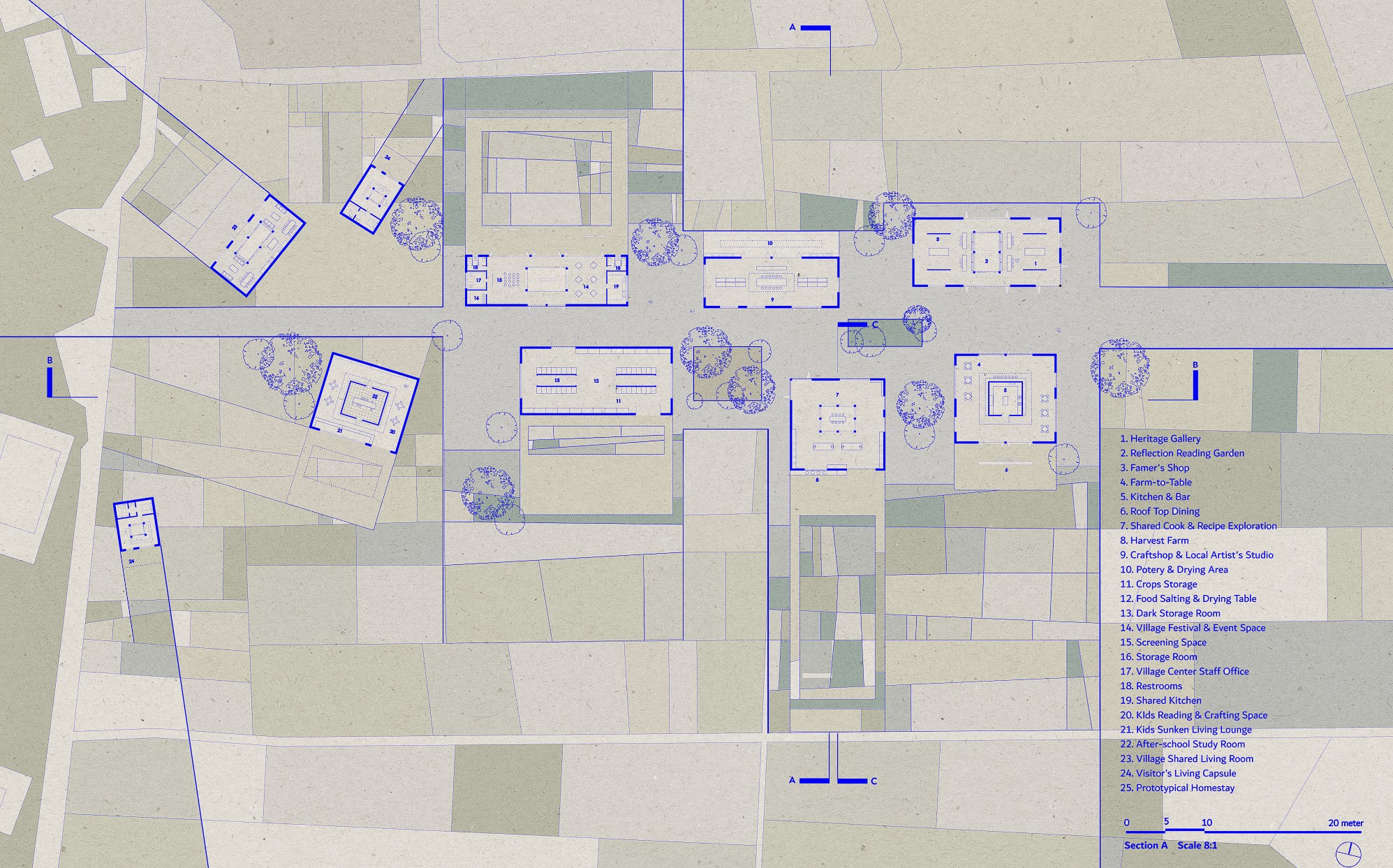
PROBLEM: Insensitive overtourism
PROPOSED SOLUTION: 乡会 (Encounter) by Keyi Che
Keyi Che, BFA Interior Design ’24, wanted to know whether it’s possible to turn tourism into a force for good, preserving and protecting cultural heritage and environmental integrity in the face of an ever-expanding footprint of global visitors. Che’s research project, Encounter, explores whether it’s possible for a heritage-rich place to benefit from its rapid tourism while still preserving and protecting its local identity. Che aimed to design an environment that would encourage communication and respect between locals and visitors.

PROBLEM: Coordinating group vacations
PROPOSED SOLUTION: PlanPals by Jiayi Jiang, Bhavna Paikattil, and Anjali Rao
Planning a trip for a large group of people can be frustrating, so Bhavna Paikattil, Anjali Rao, and Jiayi Jiang, all MS Information Experience Design ’24, created PlanPals to smooth out the process and facilitate planning among friends and family. The new system promotes easy communication and helps eliminate confusion. It also utilizes an AI feature to improve accessibility and help users embrace the endless possibilities of travel planning.
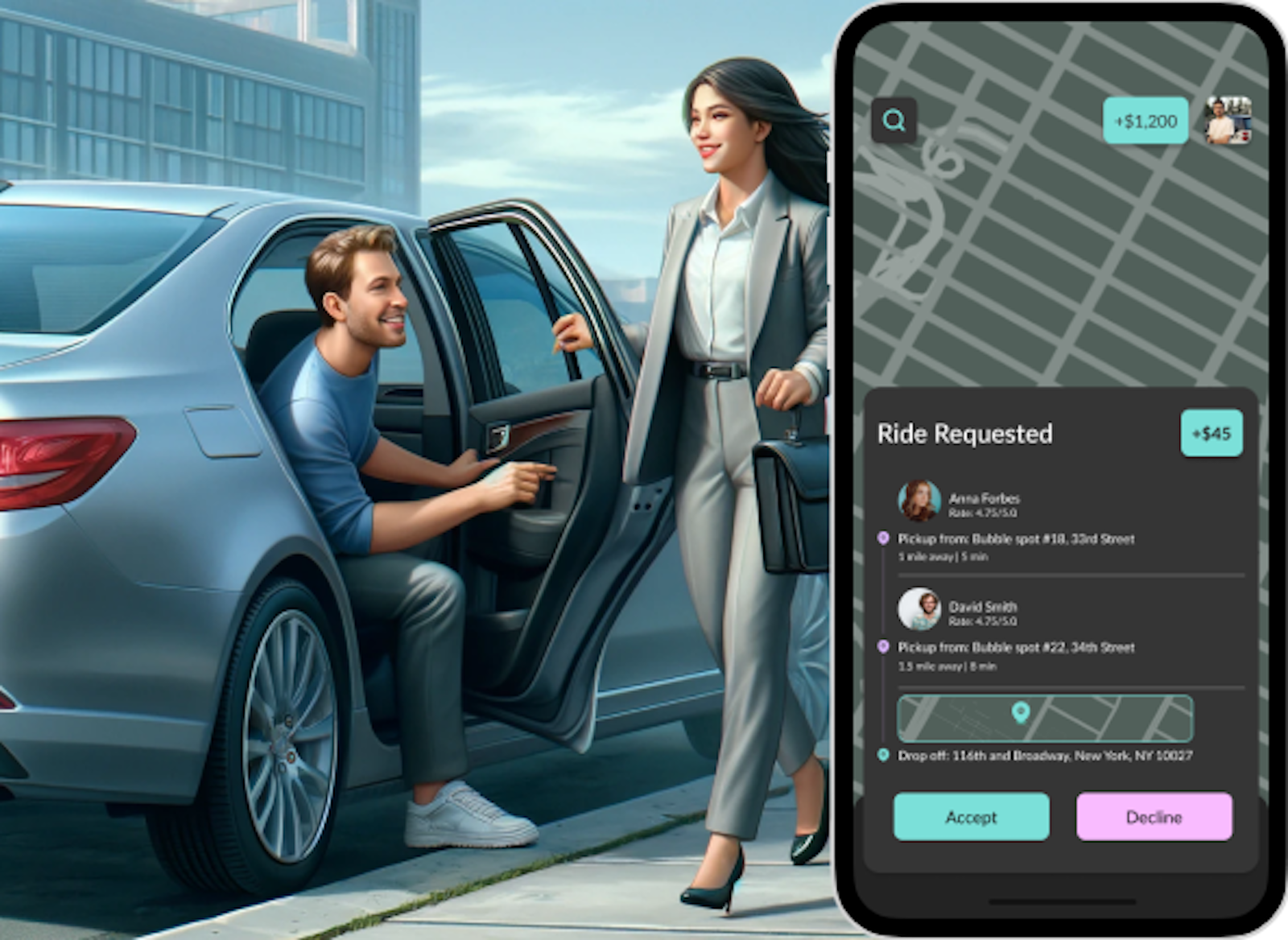
PROBLEM: Dating on the go
PROPOSED SOLUTION: Bubble: Fostering Healthy Connections and Safety in Social Carpooling by Jennie Lin and Nehal Sharma
Don’t have time to date? Jennie Lin and Nehal Sharma, both MS Information Experience Design ’24, have an unconventional answer: just meet someone on your daily commute! They wanted to explore whether the shared context of a car ride could better align with the natural rhythms of people’s regular lives and be the start of something more. So, they created Bubble to facilitate a smoother and more natural transition from online to offline dating in a safe, public setting.
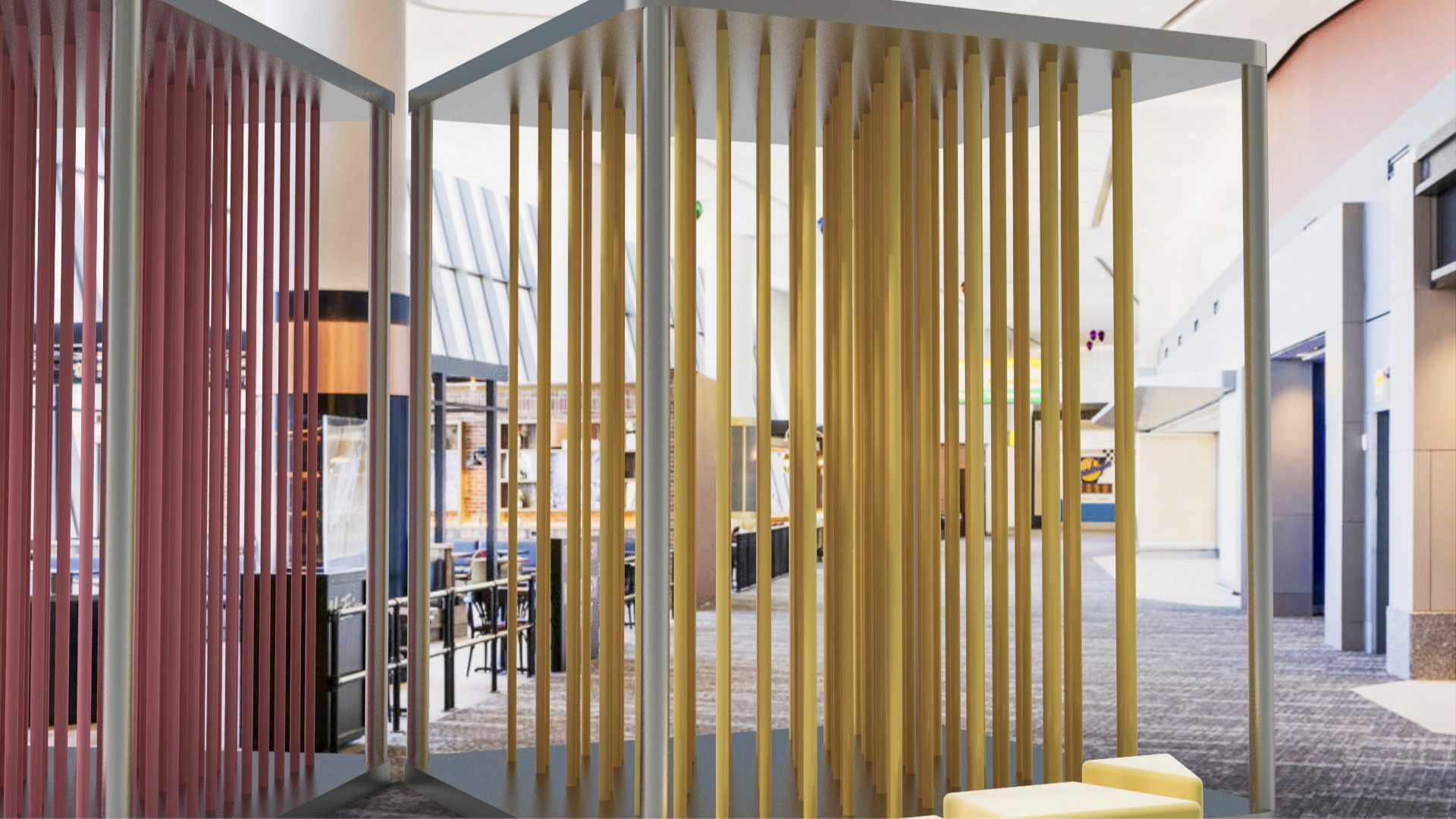
PROBLEM: Airport boredom
PROPOSED SOLUTION: Grating by Yihong Li
For his Thesis II course with Adjust Professor of Industrial Design Jeffrey Kapec, Yihong Li, MID ’24, created an active space for children to explore and play while waiting for their flights, designed with a comfortable seating area for parents to keep an eye on them. Amusingly called Grating, the area is encased in a sturdy aluminum frame with stretchable rubber that mimics the motion of conveyor belts, giving children a unique area for entertainment in an otherwise bland environment.
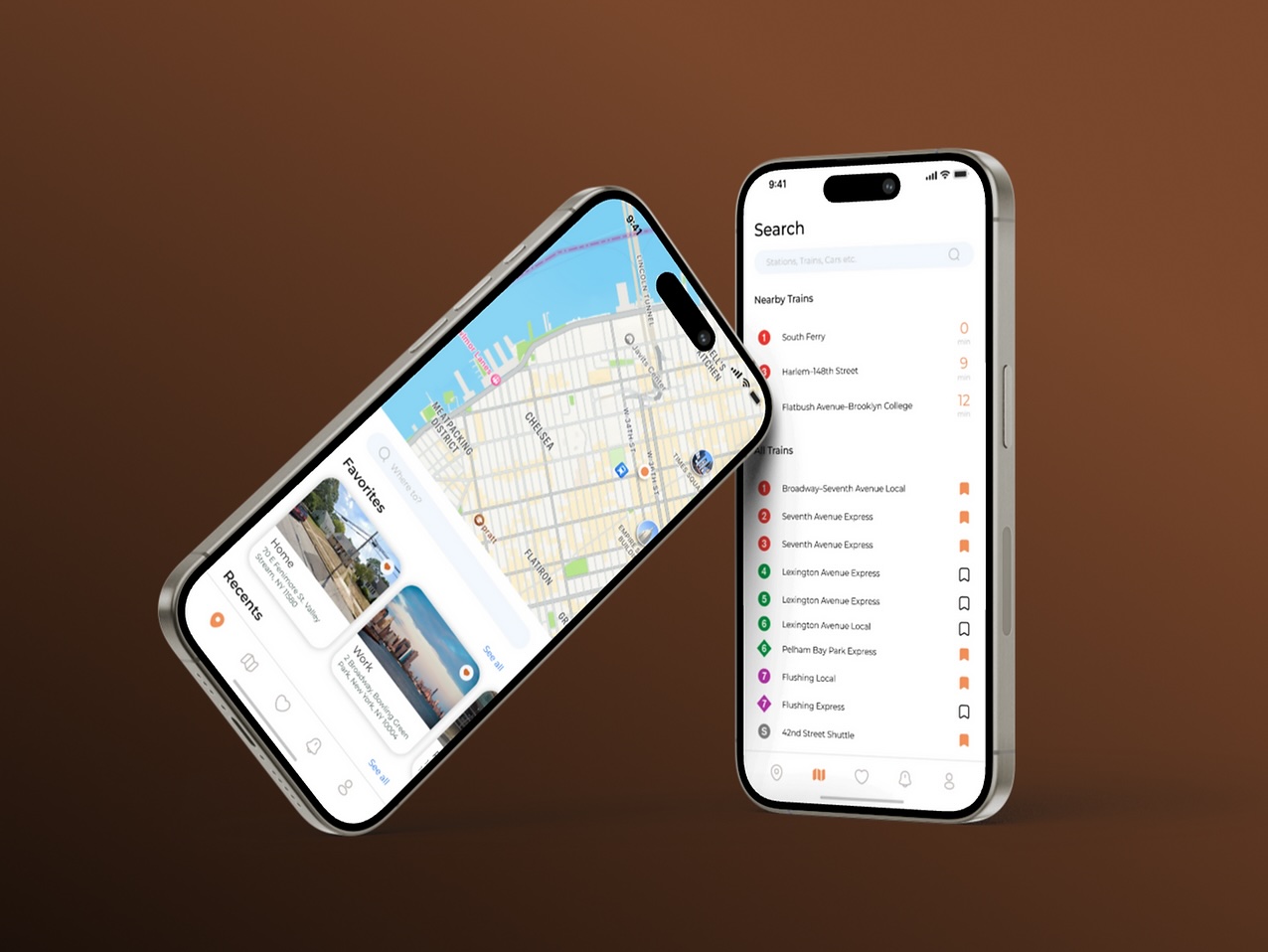
PROBLEM: Navigating urban environments safely, regardless of hearing ability
PROPOSED SOLUTION: Toyota SafeWave: Revolutionizing Pedestrian Awareness by Laiba Sarwar
Laiba Sarwar, MS Information Experience Design ’24, created the SafeWave initiative—a collaboration between TMNA and the Pratt Pedestrian Safety Project—which introduces a customizable and accessible user experience tailored for individuals with hearing impairments. Through features such as guided journeys, notifications, vibrations, and banners, SafeWave encourages a more secure and confident pedestrian experience in the city.
